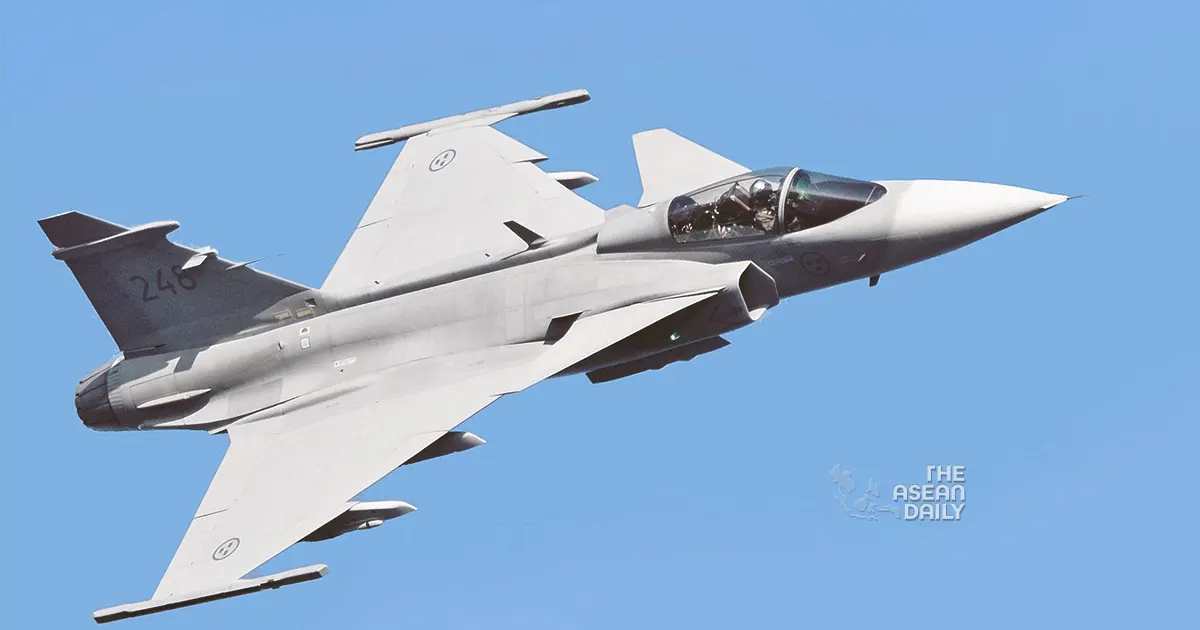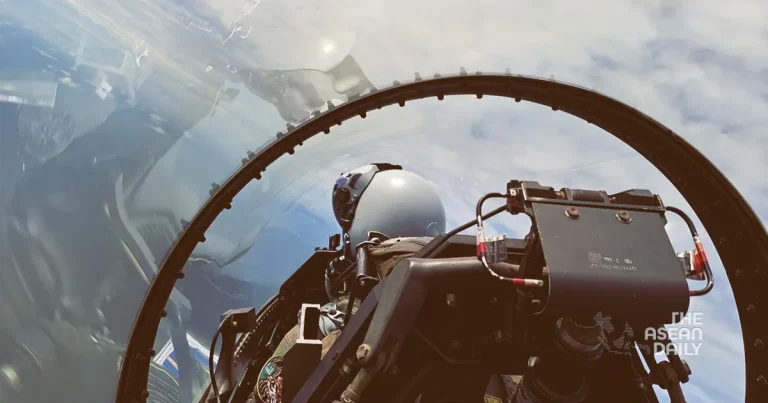27-8-2024 (BANGKOK) The Royal Thai Air Force (RTAF) is poised to make a significant announcement regarding its fleet modernisation efforts. Air Chief Marshal Panpakdee Pattanakul, commander of the RTAF, revealed on Monday that the force will disclose its choice of fighter jet model to replace its ageing fleet by week’s end.
The RTAF has been deliberating between two advanced fighter aircraft: the Swedish-manufactured Saab Gripen E-model and the American-produced Lockheed Martin F-16 Block 70. Both aerospace giants have submitted their final proposals, which include offset policies as mandated by the Thai government.

ACM Panpakdee emphasised the meticulous nature of the selection process, stating, “To ensure we select the most suitable aircraft for our needs, we’ve established two panels to conduct a final review of the proposals.”
The air force chief expects the conclusions from both panels to be carefully weighed, with the RTAF’s definitive decision anticipated by the end of the week.

However, a source close to the procurement process, speaking on condition of anonymity, suggested that the air force’s main procurement committee is likely to favour the Gripen. This aligns with the selection committee’s previous indication of preference for the Swedish-made jet over its American counterpart.
In July, the RTAF had publicly acknowledged its consideration of the Swedish jets, citing a comprehensive study by its procurement committee that found the Gripen aircraft to be most compatible with the air force’s operational requirements.
The source revealed that Saab AB’s offset policy includes an enticing offer of access to its tactical data link technology. This aligns with the RTAF’s future plans, as the force has already begun developing its own version of this technology, dubbed Link T.
Furthermore, the Swedish proposal reportedly includes a complimentary upgrade to the RTAF’s 340 AEW air security surveillance radar system. This upgrade, valued at approximately five billion baht, adds significant weight to the Gripen’s bid.
The RTAF’s decision comes at a crucial time for Thailand’s defence modernisation efforts. The force’s current fleet of fighter aircraft is ageing, and the acquisition of new, advanced jets is seen as vital for maintaining the country’s air defence capabilities in an increasingly complex regional security environment.
The procurement of new fighter jets represents a substantial investment for Thailand, and the decision will likely have long-term implications for the country’s defence partnerships and industrial cooperation in the aerospace sector.
ACM Panpakdee expressed optimism that the new Thai cabinet will approve the air force’s choice, indicating confidence in the thoroughness of the selection process and the strategic importance of this acquisition.




